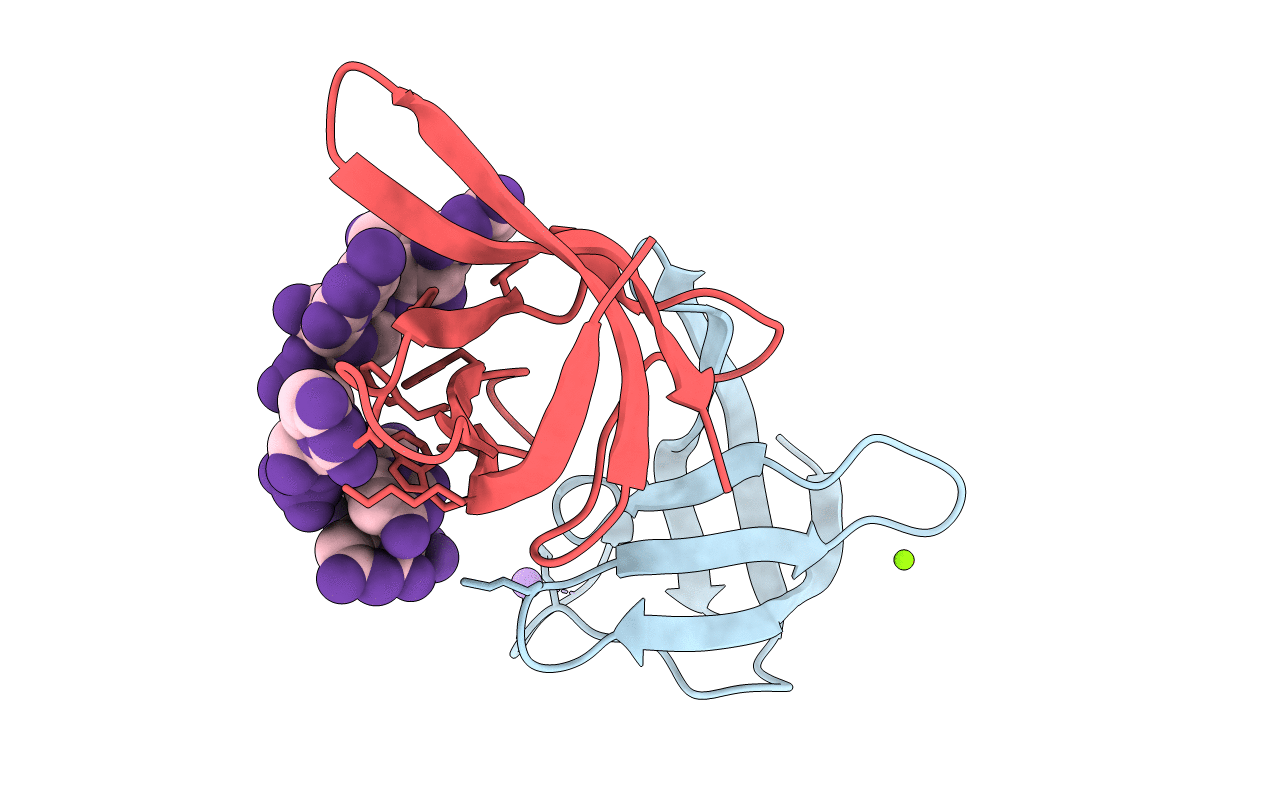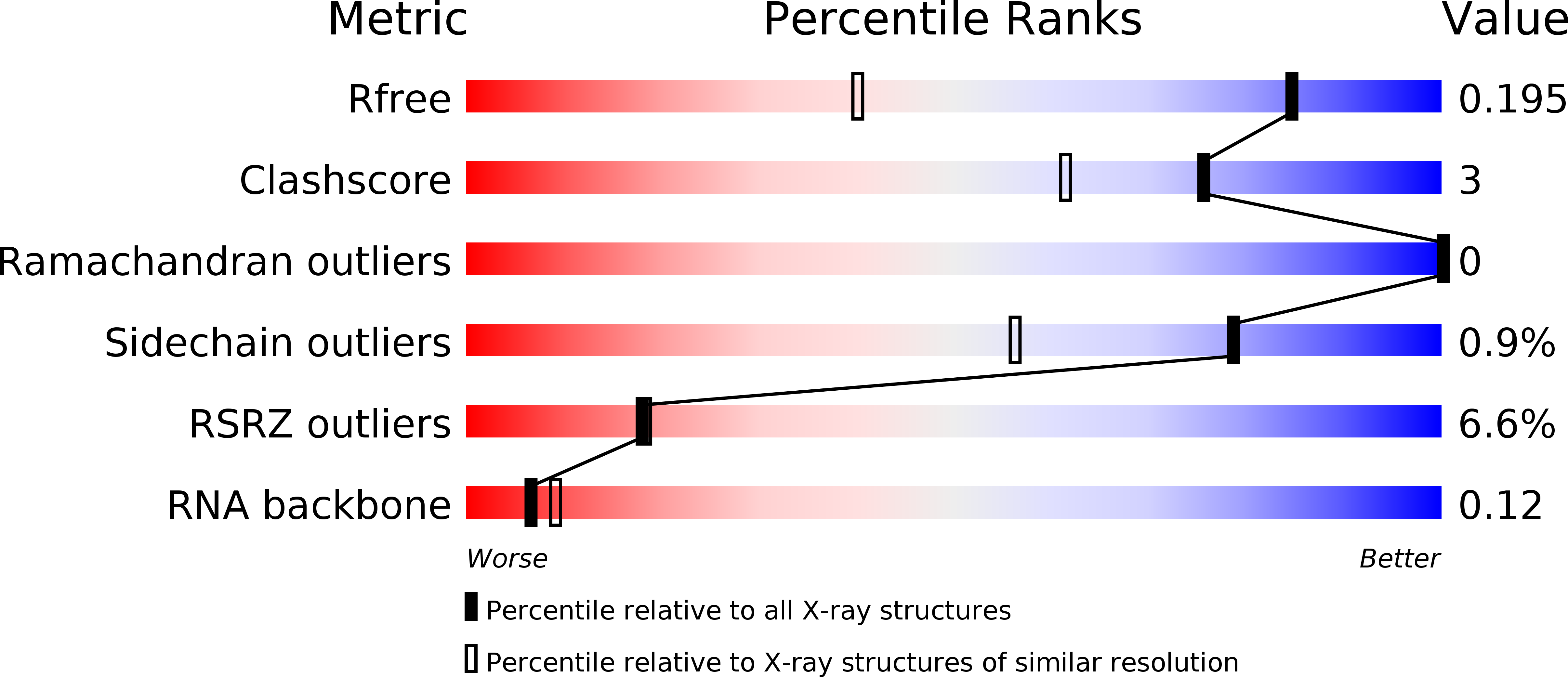
Deposition Date
2010-10-27
Release Date
2011-09-21
Last Version Date
2023-09-06
Entry Detail
PDB ID:
3PF4
Keywords:
Title:
Crystal structure of Bs-CspB in complex with r(GUCUUUA)
Biological Source:
Source Organism:
Bacillus subtilis (Taxon ID: 1423)
Host Organism:
Method Details:
Experimental Method:
Resolution:
1.38 Å
R-Value Free:
0.19
R-Value Work:
0.15
R-Value Observed:
0.15
Space Group:
P 21 21 21


